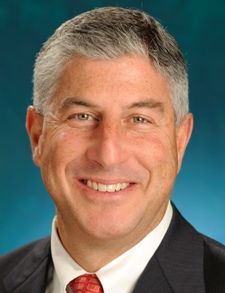How to Proceed When a Guideline Comes Up Lacking Guidance
Author(s):
(AUDIO) A guideline recently released by the American Academy of Orthopaedic Surgeons found insufficiently good evidence to justify recommending any intervention for almost any kind of rotator cuff problem. Here, the head of the guidelines committee ponders the implications for clinicians who need to treat the condition, and for the guidelines process in general.

(AUDIO) A new guideline on rotator cuff disorders fails to provide much guidance, because the evidence wasn't good enough to answer the stated questions. Listen to the head of the guidelines committee, as he contemplates how you can treat the condition responsibly, and what guidelines developers ought to be doing differently.
Dr. Robert Pedowitz is professor of orthopedic surgery at the UCLA Medical Center.
The questions:
1. What were the goals and outcome of the AAOS effort to create the rotator cuff guideline?
2. What are the implications of this outcome?
3. How can a doctor responsibly proceed while these gaps in knowledge exist?
4. Should we stop creating guidelines? Should the process change?
Featured remarks:
"The lack of evidence that proves something doesn't work does not prove it doesn't work at all ... That type of information can be misused."
"The process of experts getting together as a group and coming up with their best recommendations ... is of great value to surgeons and patients. I think it's an unfortunate thing that that kind of feedback and guidance is essentially eliminated from this particular exercise."
How to Proceed When A Guideline Comes Up Lacking Guidance
AAOS Guideline on Optimizing the Management of Rotator Cuff ProblemsSummary of Recommendations
Does Every Question Need a Level-I Answer? Pragmatic and Ethical Considerations of Clinical Practice Guidelines, by Robert A. Pedowitz, MD PhD
Journal of Bone and Joint Surgery 94:2, January 18, 2012
Quality Guidelines Need Evidence, Not Opinion, by James O. Sanders, MD; David S. Jevsevar, MD, MBA; Michael J. Goldberg, MD; and Kristy L. Weber, MD
Journal of Bone and Joint Surgery 94:2, January 18, 2012





